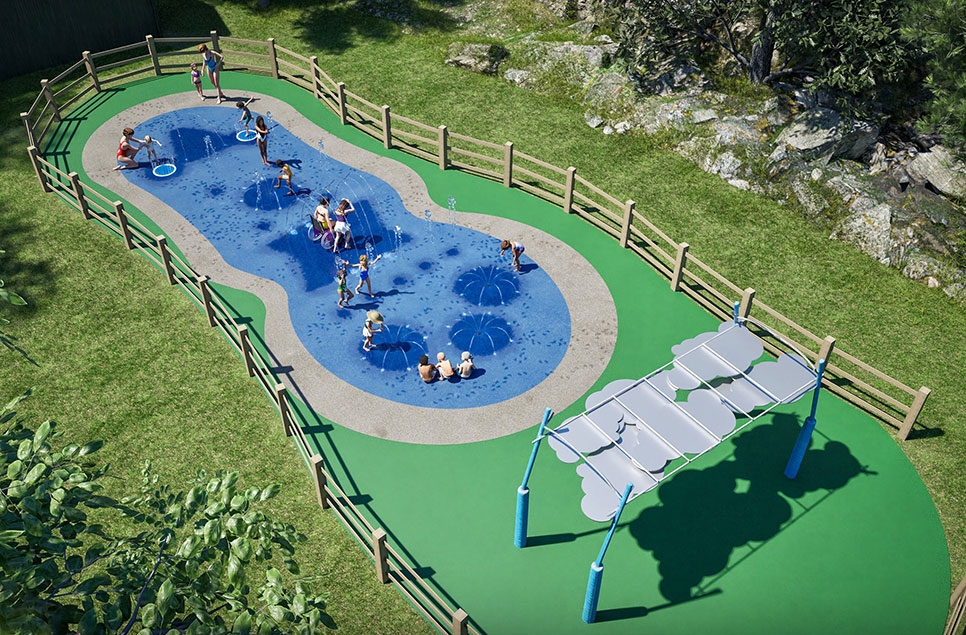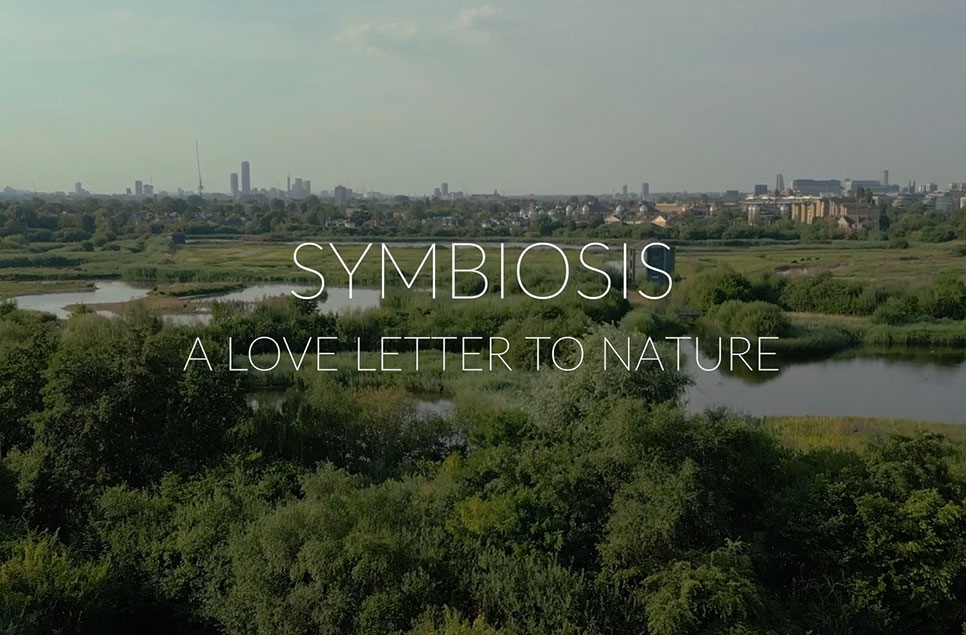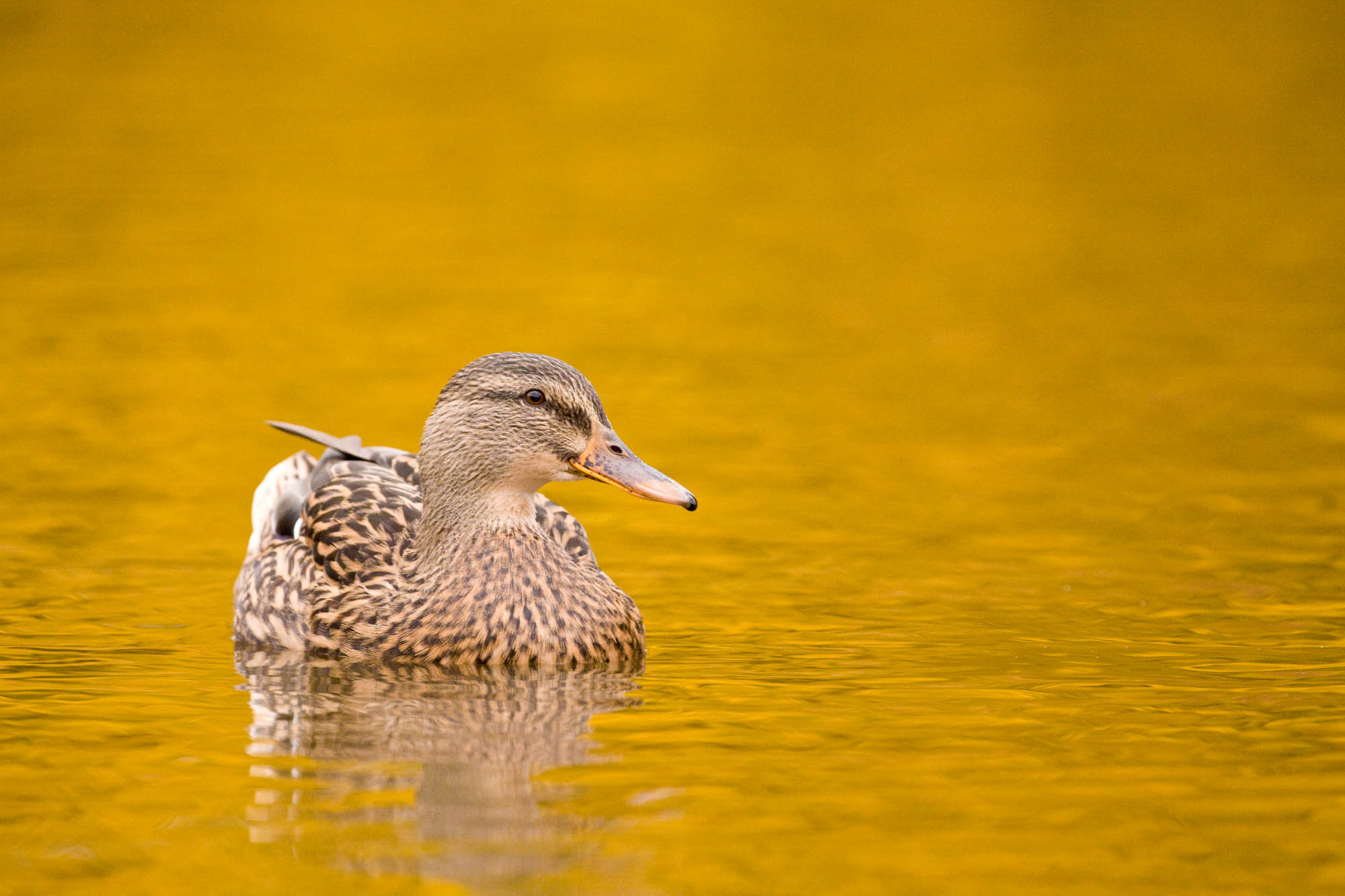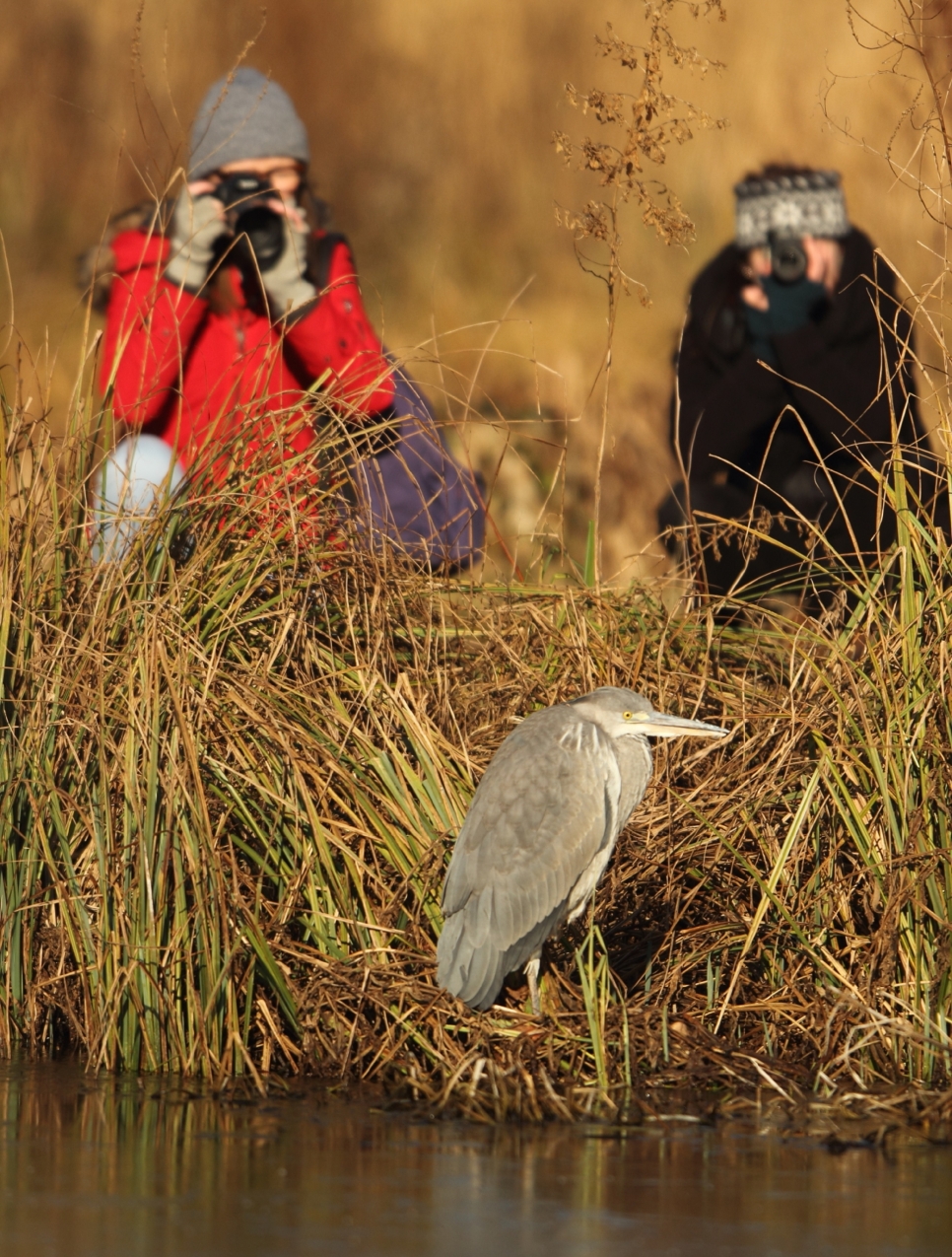Q&A with science journalist Rowan Hooper
Local resident Rowan Hooper has been coming to London Wetland Centre for over 15 years.
He is a senior editor at New Scientist magazine and host of the magazine’s award-winning weekly podcast. With a PhD in evolutionary biology and several books under his belt, Rowan views the wetland with the lens of a scientist and a science communicator. We spoke to Rowan about his experience at London Wetland Centre and his advice for visitors.
Q: As a journalist and an author, you have written extensively about various efforts to protect biodiversity and avoid catastrophic climate change. What roles do wetlands play?
A: Wetlands are absolutely vital! They are doubly valuable as they are both rich reservoirs of biodiversity and stores of carbon. I think the role of wetlands is sometimes overlooked in the focus on tree-planting and forests. That is vital too of course, but wetlands play an essential role in the planetary system and protecting and restoring them is absolutely key to tackling the twin crises of climate change and biodiversity loss. I talk about their value in my latest book, How to Spend a Trillion Dollars, which is about solving the biggest problems that the world faces.
Q: Before your career in journalism, you gained a PhD in evolutionary biology and worked in a conservation biology lab in Japan. How did you get involved in the field of biology?
A: I’ve always loved anything to do with the natural world. I’ve heard many biologists say they were inspired by watching David Attenborough shows as a kid and the same is true for me. I became concerned about environmental problems when I was at school (though how small those problems look now) and combined my love of nature and growing concerns by doing a degree in ecology. Then I just wanted to continue learning about biology and evolution and had the realisation that you could actually do this as a job, and that’s why I did my PhD and carried on learning.
Q: You've been coming to London Wetland Centre for 15 years. What do you remember about your first visit?
A: I can just about remember when the announcement went out that the old reservoirs in Barnes were being turned into a wetland centre, but I’ve been so much I can barely remember the first time. Thinking back I can just remember that sense of peace and quiet that you still get in the hides around the site. I remember seeing sand martins on one of my early visits too and that made an impression.
Q: London Wetland Centre is home to many threatened or vulnerable wildlife, such as Hawaiian geese, white-headed ducks and Asian small-clawed otters. Tell us about a memorable encounter with an animal here.
A: Three that jump out are: a kingfisher hunting in a pond on the Wildside; a peregrine terrorising the lapwings and other water birds into a mass take-off and evacuation; a wonderful view of a booming bittern in the reeds.
Q: The hides are the hidden gems of London Wetland Centre. It's where you can sit in peace and watch the wildlife unfold before you, but not all visitors know about them. Do you have a favourite hide?
A: I usually head to the hide on the Wildside as it’s the furthest away and feels the most wild.

Q: As a wetland veteran, what are your tips to get the most out of
the facilities? What are your favourite spots?
A: Take your time; go slow. I am by no means an expert birder and often ask the hard-core ornithologists what they are watching and they are always happy to chat and give advice. Enjoy the small things. There might not be any rare or dramatic birds around when you visit, but there are so many other lovely things. I saw a bee orchid recently, with the most amazing bee mimicry. The swish of the wind in the reeds. A rosette of feathers plucked by a sparrowhawk. The flit of a dragonfly. The wetlands are just a lovely place to soak up nature.
Listening Rowan Hooper weekly podcast via the link below



